

Sustainability
In ecology, sustainability is the capacity for a biological system to remain diverse and productive indefinitely
-
A sustainable yield is the amount of a natural resource that can be taken from an ecosystem without reducing the base stock (it is replaced as rapidly as it is harvested)
Resource Harvesting
Softwood timber (e.g. hoop pine) is sustainably harvested at many plantation sites within Australia
-
Selective felling of trees ensures there are gaps in the canopy to promote regrowth and minimises soil erosion
-
Trees may be selected according to age to ensure there are enough trees remaining to flower and produce seeds
-
Replanting and regeneration policies and practices ensure that logging does not outpace new growth
-
Ground measurement techniques and spatial modelling may be used to monitor and evaluate forest cover
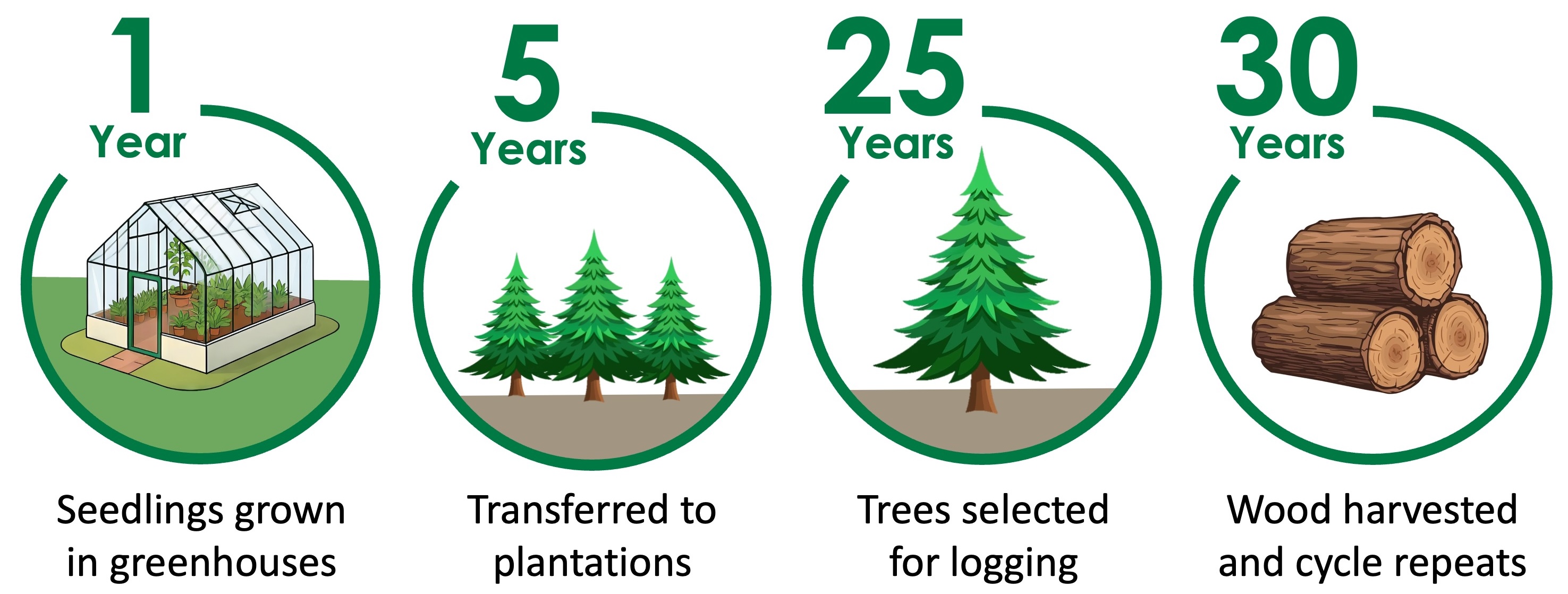
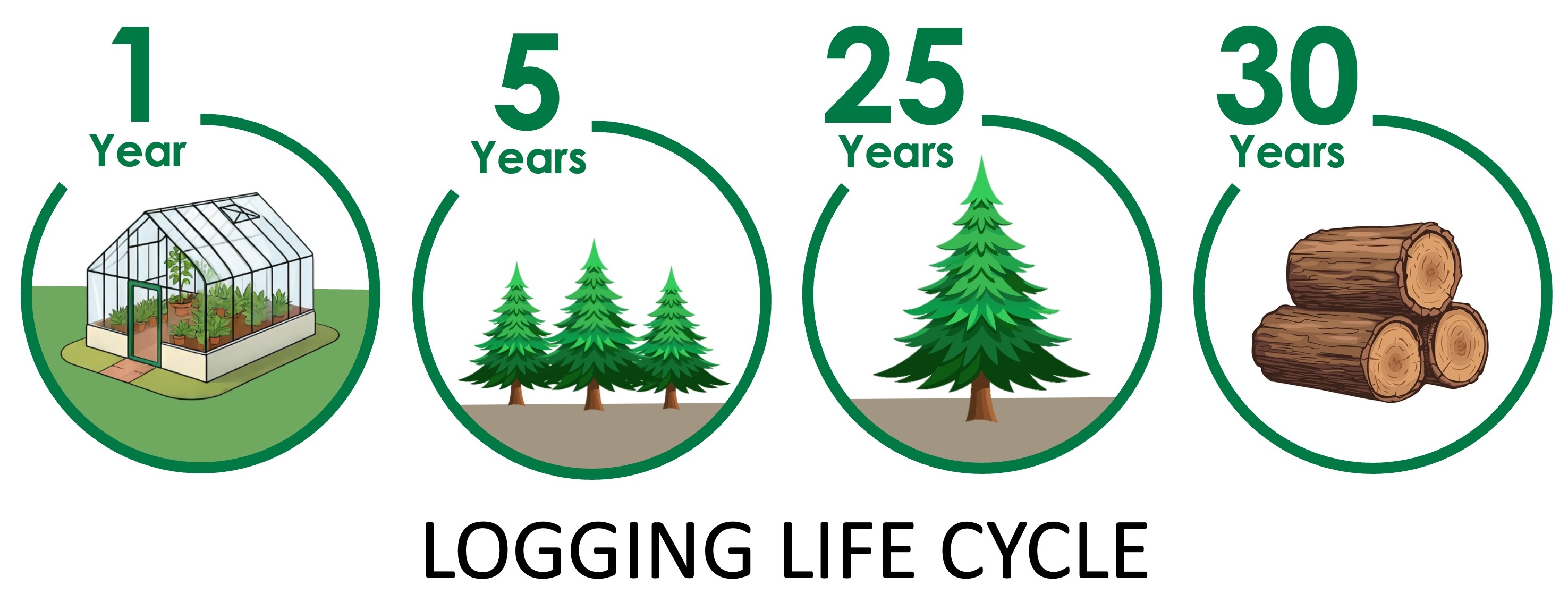
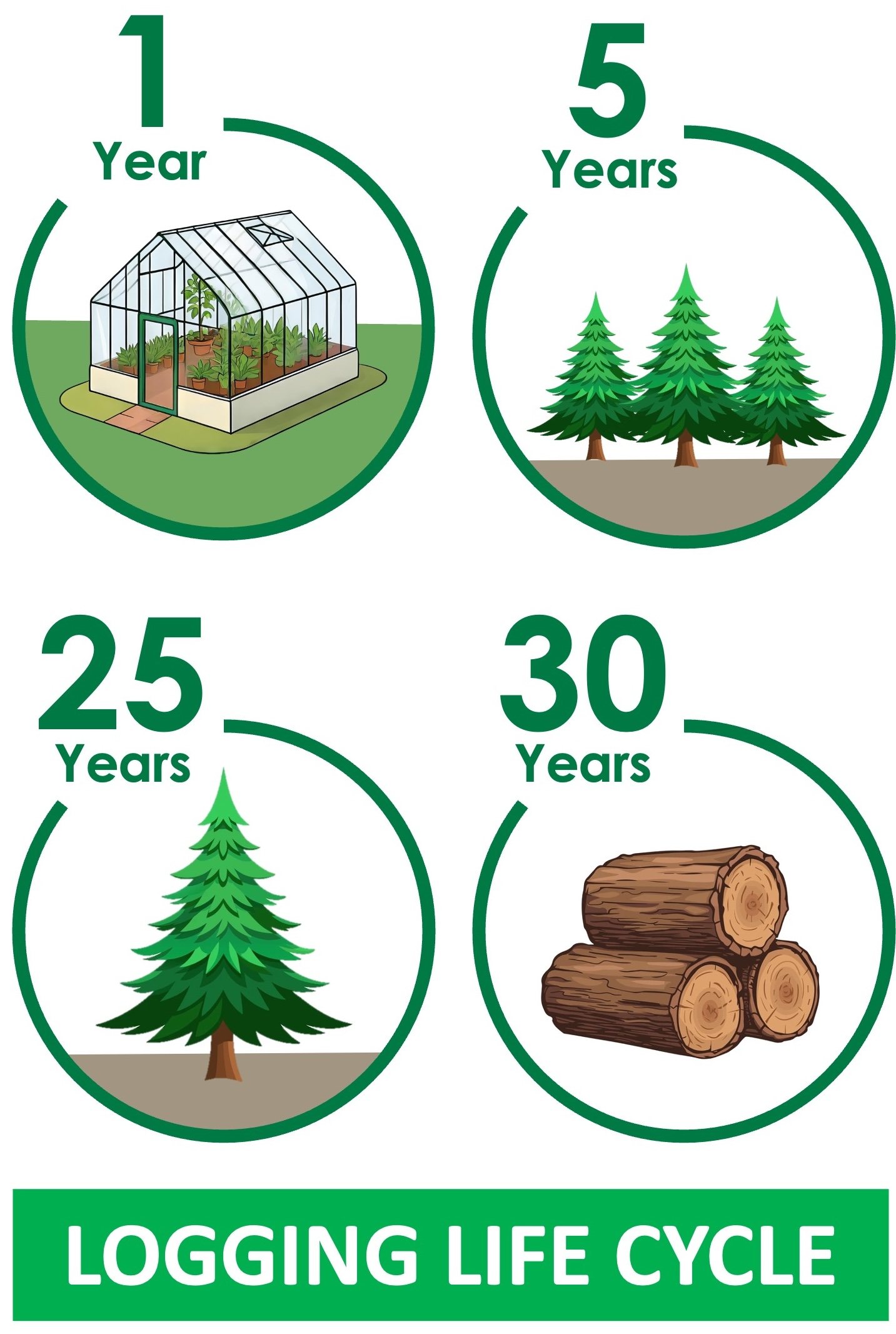
Marine fish (e.g. bluefin tuna) are sustainably harvested from the oceans surrounding Australia
-
Catch sizes are limited to prevent population decline (maximum sustainable yield should be half the carrying capacity of the species)
-
Fishing vessels must be registered and certain oceanic regions are cordoned off for biological conservation
-
Mesh net size restrictions prevent younger fish that are smaller in size from being captures (maintains potential for future reproduction)
-
Closed seasons may be declared to allow for uninterrupted breeding periods during which fish can repopulate
-
Fish farms may be used instead of open water fishing to allow for a level of control over the age at which fish are harvested
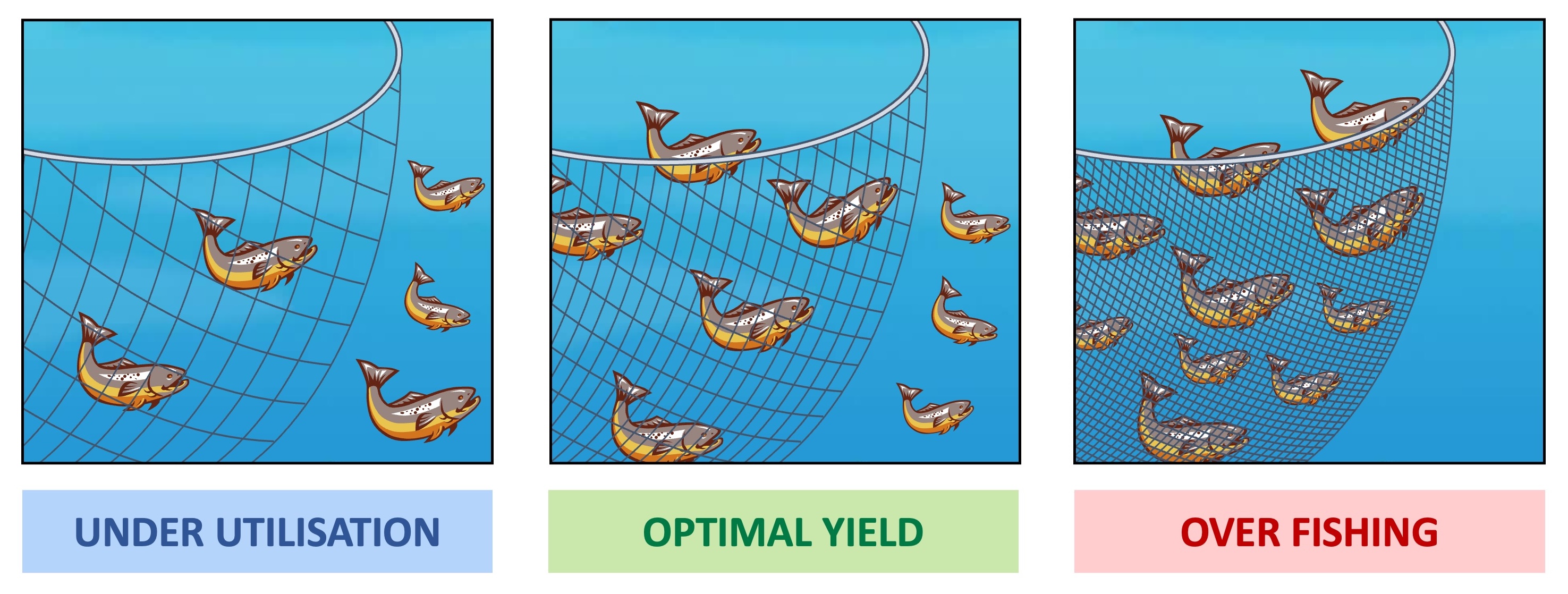
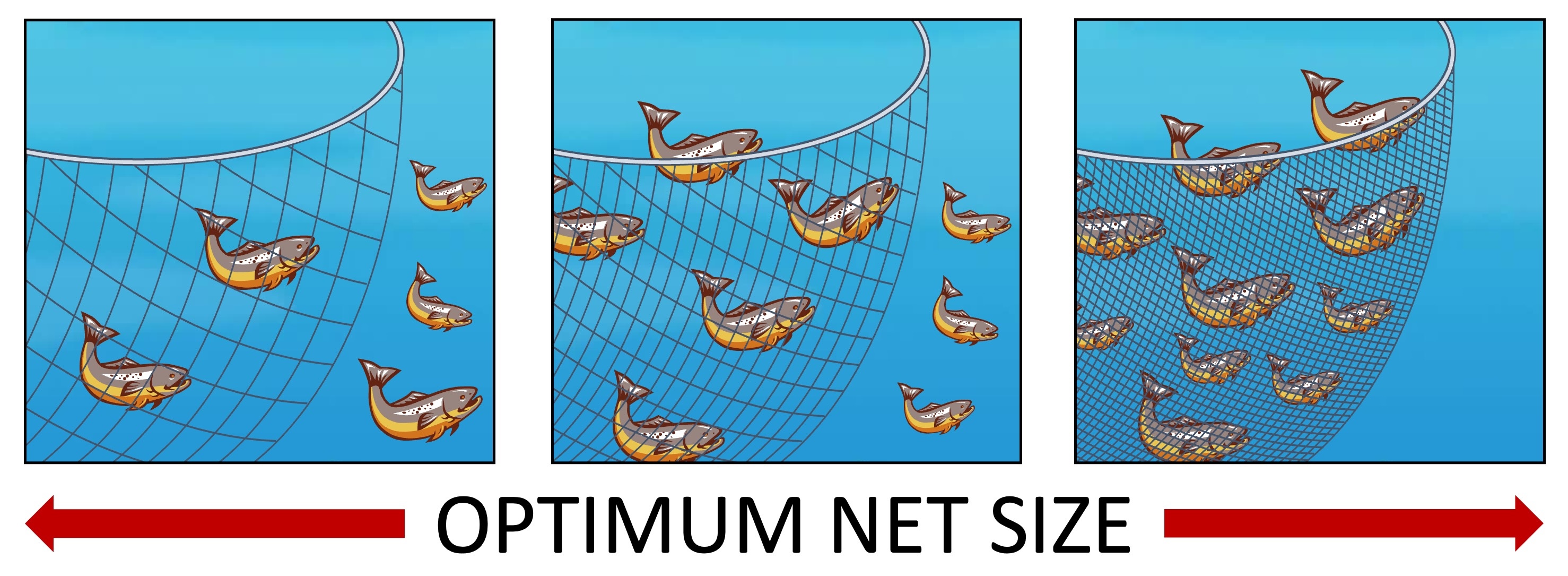
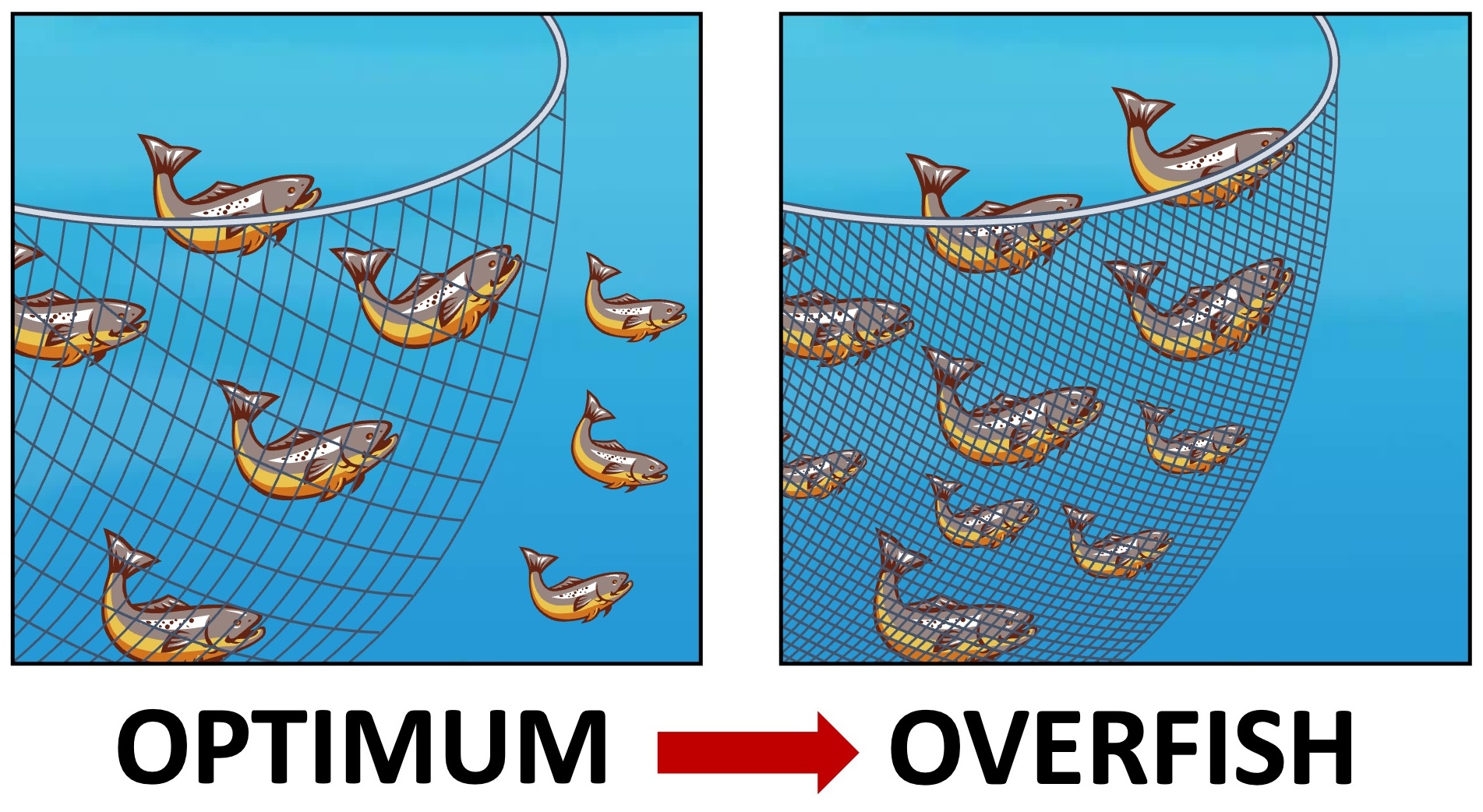
Agriculture
Agricultural sustainability is a complex challenge that is influenced by several factors (remember: SCALE)
-
Supply of fertilisers – Chemical fertilisers are expensive and excessive use can alter soil composition (e.g. change pH)
-
Using organic fertilisers can minimise some of the difficulties associated with chemical fertiliser use
-
-
Carbon footprint – Land clearing, fertiliser production and transportation of products all increase carbon dioxide emissions
-
Transitioning to renewable energy sources may reduce the impact of food production on carbon dioxide emissions
-
-
Agrochemical pollution – Agrochemicals (herbicides, pesticides, etc.) improve yields but can harm native species
-
Genetic modification could be used to create crop varieties that are inherently resistant to pests and diseases
-
-
Leaching of nutrients – Rainfall can wash fertilisers into nearby bodies of water, leading to eutrophication
-
Leaching can be minimised by using smaller quantities of fertiliser or timing their use to periods without rainfall
-
-
Erosion – Land needs to be cleared for agriculture and the removal of trees makes the soil less stable and likely to erode
-
Farmers may plant 'cover crops’ to hold the topsoil together in between growing seasons
-
Agriculture Factors

Supply of
Fertiliser

Carbon
Footprint

Agrochemical
pollution
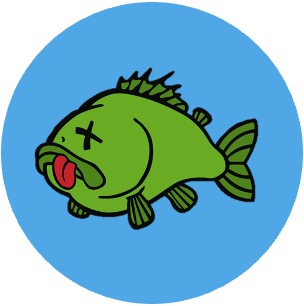
Leaching
(runoff)

Erosion
of topsoil





